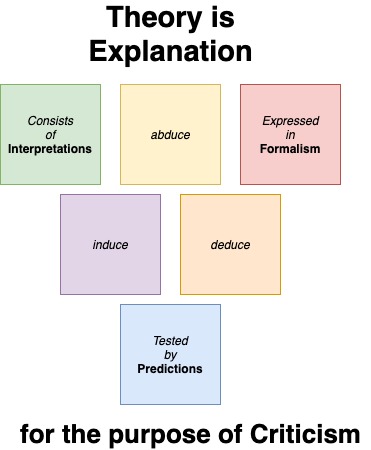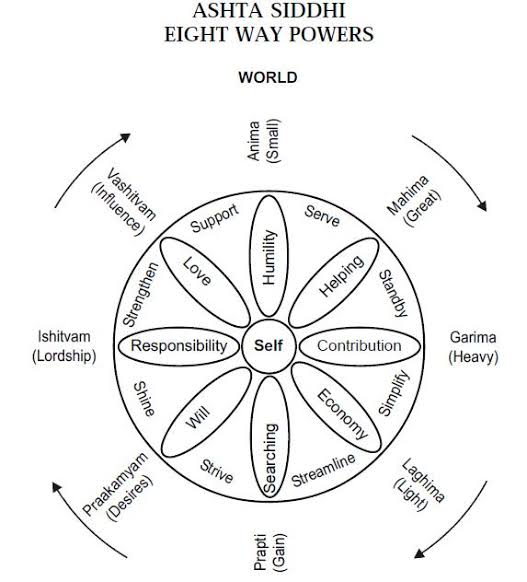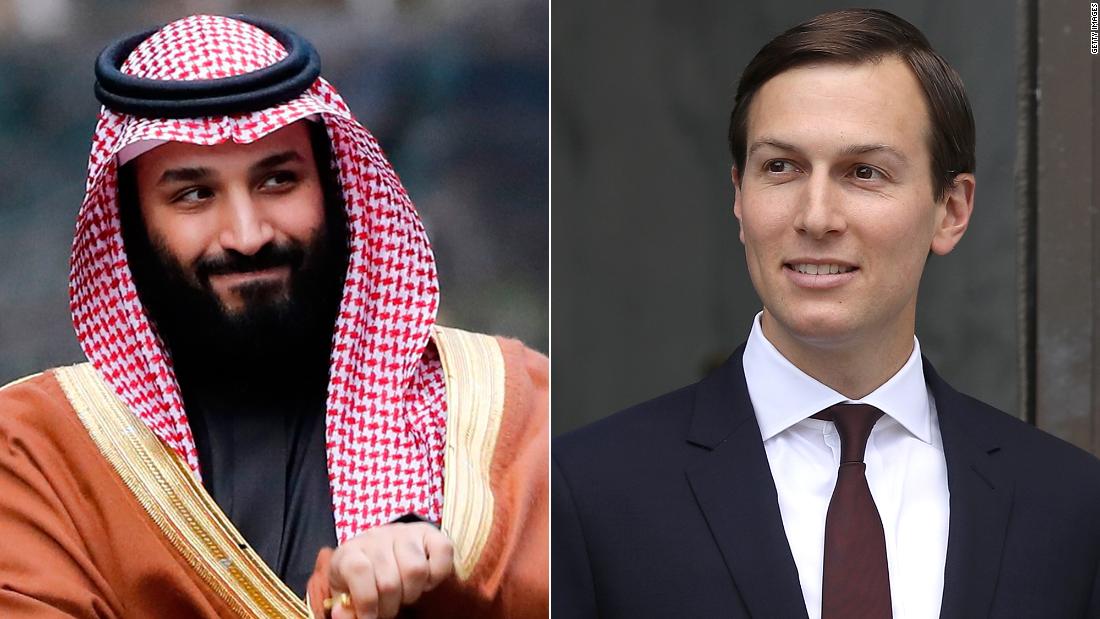This is an insightful article about what's wrong with Google as compared to Amazon, Microsoft, Apple and Facebook.
More from Carlos E. Perez
More from Business
SPAC IS THE NEW BLACK: SPACs (Special Purpose Acquisition Companies) are all the rage these days. In this thread, I want to say a few things about SPACs that I learned in my research of the market. 1/15

What was once an esoteric (and somewhat tawdry) financing vehicle has now come into the main in terms of quantity ($83 billion in IPOs in 2020) and quality (A-player names pursuing SPACs from name brand PE and VC funds to leading investors and advisors and even celebrities.) 2/15
Early and serial SPAC sponsors like Harry Sloan and Jeff Sagansky (Flying Eagle), Michael Klein (Churchill) and Chamath Palihapitiya (Hedosophia) have helped propel the SPAC phenomenon to new heights, not to mention tech gurus, former politicians and even famous athletes. 3/15
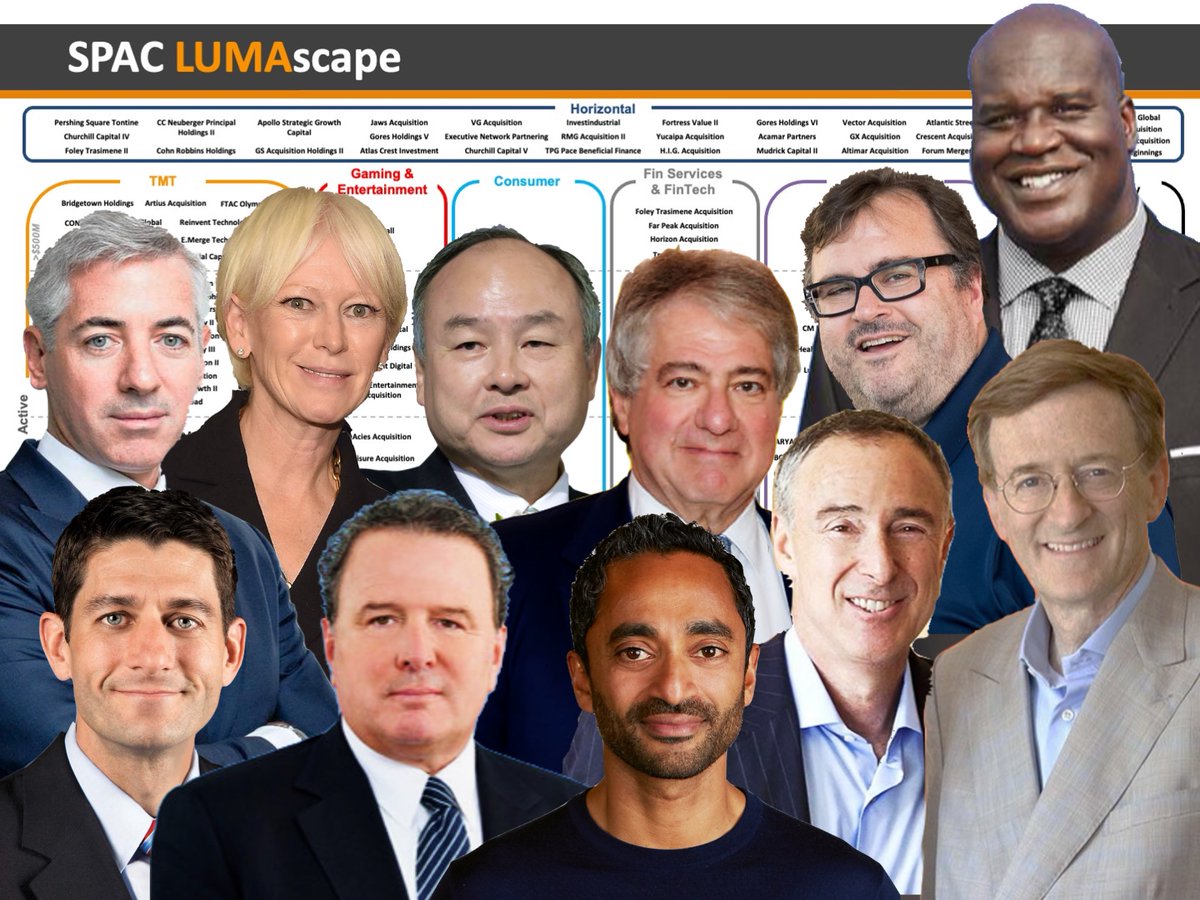
LUMA has created a SPAC LUMAscape that maps over 250 SPACs by stage across 8 verticals. This is the evergreen post that we will endeavor to keep updated (and welcome your feedback): https://t.co/aboAAemu53 4/15
A SPAC is a blank check company where investors back a sponsor group to find a suitable target to merge with (the de-SPACing) which is often accompanied by a PIPE (private investment into public equity) to further finance the target company. 5/15

What was once an esoteric (and somewhat tawdry) financing vehicle has now come into the main in terms of quantity ($83 billion in IPOs in 2020) and quality (A-player names pursuing SPACs from name brand PE and VC funds to leading investors and advisors and even celebrities.) 2/15
Early and serial SPAC sponsors like Harry Sloan and Jeff Sagansky (Flying Eagle), Michael Klein (Churchill) and Chamath Palihapitiya (Hedosophia) have helped propel the SPAC phenomenon to new heights, not to mention tech gurus, former politicians and even famous athletes. 3/15

LUMA has created a SPAC LUMAscape that maps over 250 SPACs by stage across 8 verticals. This is the evergreen post that we will endeavor to keep updated (and welcome your feedback): https://t.co/aboAAemu53 4/15
A SPAC is a blank check company where investors back a sponsor group to find a suitable target to merge with (the de-SPACing) which is often accompanied by a PIPE (private investment into public equity) to further finance the target company. 5/15
🚨 192% Growth SPAC 🚨
💸 Katapult provides leasing solution for e-commerce websites
🔥 It enables non-prime customers to lease durable goods online
🚩ALL founders left and $CURO owns 50% of Katapult
⁉️ What is hidden behind the $FSRV SPAC ⁉️
Here is an EASY thread 👇
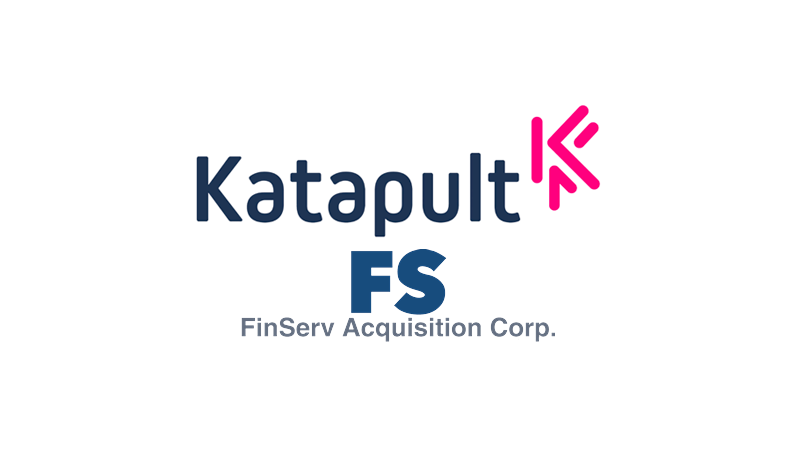
Katapult was founded in 2012 and was initially called Zibby and operated by Cognical
💸 By 2015, it had raised $ 10m in equity and debt from VC funds such as Tribeca Venture Partners and Blumberg
Cognical was founded by 👇
Brandon Wright - a Cornell MBA who later founded @payfully
Ashutosh Saxena - a PhD in AI from Stanford (awards: https://t.co/YfViWWXqru)
Chinedu Eleanya - a serial entrepreneur who later founded @GetMulberry which sells extended warranty to shoppers
Zibby was a “Lease-To-Own” service designed for durable goods & products (furniture, appliances, electronics)
1️⃣ When customers purchase an item online, Zibby retains the rights to this item
2️⃣ Zibby rents the item to the customer
3️⃣ The customer can decide to purchase the full ownership rights of the item at any time
This model proved successful and Zibby was incubated by Cornell
💸 Katapult provides leasing solution for e-commerce websites
🔥 It enables non-prime customers to lease durable goods online
🚩ALL founders left and $CURO owns 50% of Katapult
⁉️ What is hidden behind the $FSRV SPAC ⁉️
Here is an EASY thread 👇

Katapult was founded in 2012 and was initially called Zibby and operated by Cognical
💸 By 2015, it had raised $ 10m in equity and debt from VC funds such as Tribeca Venture Partners and Blumberg
Cognical was founded by 👇
Brandon Wright - a Cornell MBA who later founded @payfully
Ashutosh Saxena - a PhD in AI from Stanford (awards: https://t.co/YfViWWXqru)
Chinedu Eleanya - a serial entrepreneur who later founded @GetMulberry which sells extended warranty to shoppers
Zibby was a “Lease-To-Own” service designed for durable goods & products (furniture, appliances, electronics)
1️⃣ When customers purchase an item online, Zibby retains the rights to this item
2️⃣ Zibby rents the item to the customer
3️⃣ The customer can decide to purchase the full ownership rights of the item at any time
This model proved successful and Zibby was incubated by Cornell

